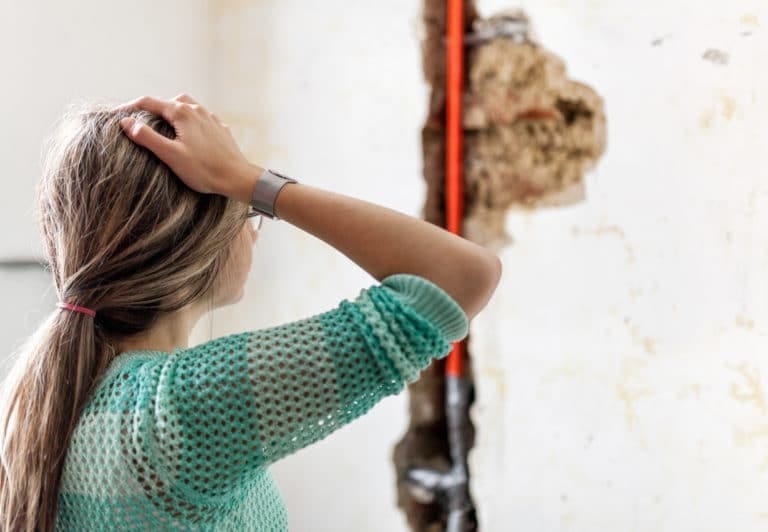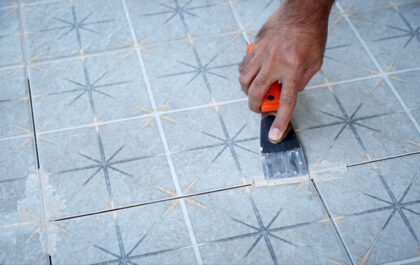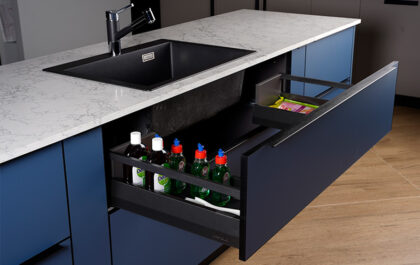Key Takeaways
- Regular maintenance of plumbing and appliances is crucial to prevent leaks.
- Proper home insulation and temperature control can avert pipe freezing.
- Installing water detection devices offers early leak detection.
- Maintaining gutters and downspouts ensures adequate water drainage.
- Understanding your home’s water shut-off system is vital for emergencies.
Table of Contents
- Introduction
- Regular Plumbing Inspections
- Maintain Appliances
- Insulate Pipes and Maintain Home Temperature
- Install Leak Detection Devices
- Clean Gutters and Downspouts
- Know Your Water Shut-Off Valve
- Proper Landscaping and Grading
- Install and Maintain a Sump Pump
Water damage presents one of the most significant threats to the safety and structure of any home. From foundational decay to mold growth and ruined possessions, the consequences can be both disruptive and costly to address. By being proactive and implementing the right preventative measures, you can ward off potential disasters and protect your investment. If you ever find yourself facing extensive water issues, seeking professional water damage restoration can help mitigate the impact, restore your home, and safeguard your family’s health. With vigilance and timely action, you can significantly minimize your risk of water disasters and enjoy greater peace of mind.
It’s crucial not only to address leaks and water intrusion swiftly but also to inspect your property and systems regularly for warning signs. Preventive care, regular maintenance of appliances, and understanding your home’s systems are essential. Taking these steps enables you to respond quickly in emergencies and implement lasting solutions for long-term protection. This comprehensive guide shares actionable tips to help you combat water damage and ensure your home remains safe and dry through every season.
Regular Plumbing Inspections
Routine plumbing inspections play a critical role in preventing leaks and identifying weak areas within your home’s water delivery system. Check under sinks, around toilets, and along visible supply lines for moisture, corrosion, or water stains. Even small drips can lead to bigger issues if left unaddressed. Early intervention is key—fixing minor leaks often costs far less than dealing with major water intrusion or structural repairs down the road.
Maintain Appliances
Major appliances such as washing machines, dishwashers, and water heaters often use substantial amounts of water and can be prime sources of unexpected leaks. Inspect all hoses, valves, and connections for wear and replace parts at the first sign of brittleness or cracks. It is a wise practice to change out supply hoses every five years, even if no damage is visible. Proper installation and regular service according to manufacturer instructions will also extend the lifespan of your machines and reduce failures.
Insulate Pipes and Maintain Home Temperature
In regions where temperatures dip below freezing, pipe insulation becomes essential. Pipes in basements, attics, garages, and along outside walls are most vulnerable to freezing and bursting. Insulating exposed piping and keeping your home temperature above 55°F, even during winter getaways, can prevent a sudden pipe burst and the subsequent water infiltration. Pipe insulation is readily available at hardware stores and is an inexpensive investment that offers significant returns in reduced risk.
Install Leak Detection Devices
Technological advances have made it easier than ever to monitor your home for leaks. Water detection devices can be placed near bathrooms, in laundry rooms, by water heaters, and around sump pumps to provide early warning of moisture accumulation. These systems can send alerts to your phone, giving you valuable time to act and minimize damage. For added protection during storms or heavy rain, consider a whole-home system that can automatically shut off the water supply in an emergency. Homeowners exposed to severe weather events should also familiarize themselves with storm damage restoration options to be prepared for any scenario. Many innovative leak detection systems integrate seamlessly with home automation platforms, allowing for real-time monitoring and remote control. Regular maintenance and testing of these devices ensure they remain reliable when needed. Investing in leak detection technology protects your property and can lower insurance premiums over time.
Clean Gutters and Downspouts
Proper drainage starts at the roofline. Clogged gutters and downspouts redirect water toward your home’s foundation, increasing the likelihood of seepage and basement flooding. Clean your gutters at least twice per year—spring and fall—to remove leaves, pine needles, and other debris. Make sure downspouts channel water at least six feet away from the structure. Installing gutter guards can further reduce buildup and lessen your annual maintenance chores.
Know Your Water Shut-Off Valve
Every homeowner should know the location of their main shut-off valve and how to turn off the water supply in an emergency. Whether the valve is located in the basement, garage, or outside, ensuring all adult residents can access and operate it is essential for damage control. Placing clear labels or instructions near the shut-off point can save precious minutes during a crisis and minimize costly repair work.
Proper Landscaping and Grading
Landscaping isn’t just for curb appeal—it plays an essential role in water management around your home’s foundation. The grade or slope of your yard should direct water away from your house. If water routinely pools near your foundation, it’s time to regrade your yard or add drainage features. Avoid planting trees or shrubs with aggressive root systems near water lines, as roots can eventually crack pipes and block drains, opening the door to moisture infiltration.
Install and Maintain a Sump Pump
A sump pump is the last line of defense against water buildup in basements or flood-prone areas. Test your pump regularly—at least once a season—to ensure it operates smoothly and efficiently. Also, consider installing a battery backup system to keep the pump running during power outages, which often accompany severe storms. Regular maintenance prevents system failure and sustained water exposure to your basement’s foundation and contents.
By following these preventive steps, you can dramatically decrease the odds of experiencing destructive water events. Early action, ongoing vigilance, and professional support where needed all contribute to maintaining a dry, comfortable, and structurally sound living environment for years to come.



